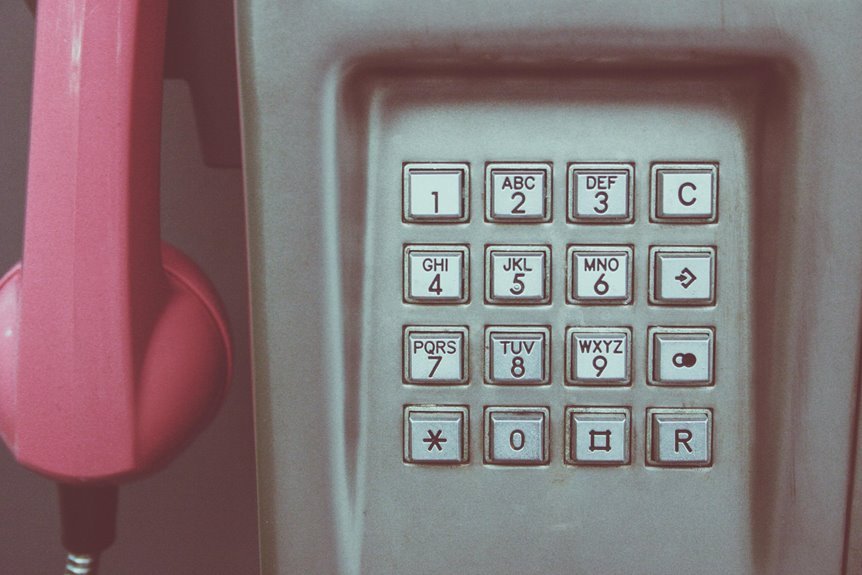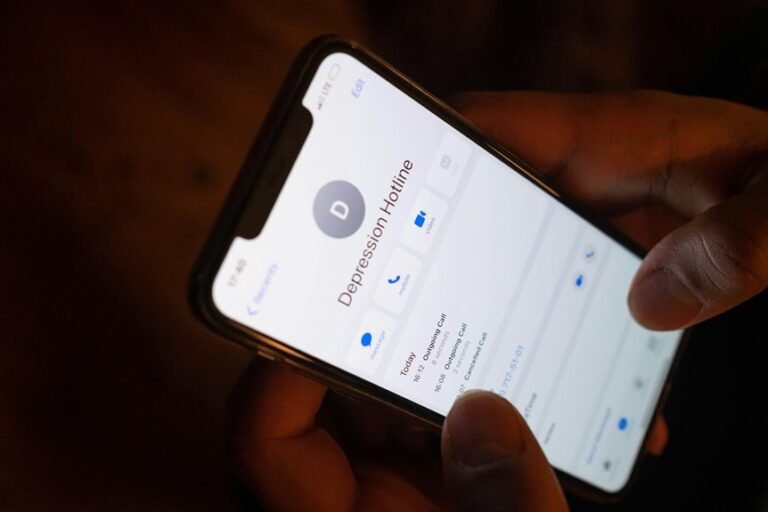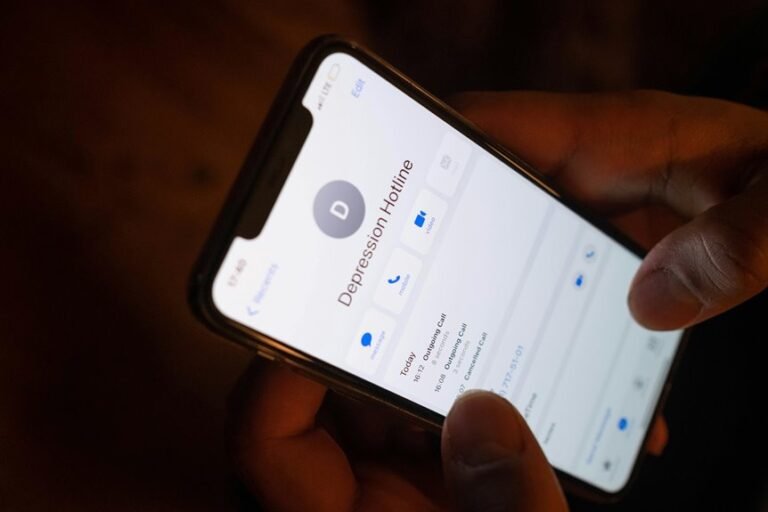Who Called Me? Numbers 6153823601, 18882440151, 7174070507, 8003966861, 6155909241, 9379912350
Numerous individuals have reported receiving calls from several specific numbers, including 6153823601 and 18882440151. The former is often associated with questionable practices, while the latter’s origin might indicate legitimate outreach. Other numbers, such as 7174070507 and 8003966861, frequently appear in telemarketing and scam contexts. Understanding the implications of these calls could significantly impact consumer experiences. What lies behind these numbers is worth exploring further.
Understanding the Caller: Number 6153823601
What can be inferred about the caller associated with the number 6153823601?
Utilizing caller identification techniques, one may deduce that this number’s reputation warrants scrutiny.
Caller reputation analysis reveals patterns that indicate potential spam or legitimate outreach.
In a quest for freedom from unsolicited communications, understanding the nuances of such calls empowers individuals to make informed decisions regarding their phone interactions.
Identifying the Source: Number 18882440151
When attempting to identify the source of the number 18882440151, one must consider various factors that contribute to its classification.
Investigating call origins can reveal the caller identity, which may include geographic location, service provider, and call patterns.
This information is crucial for discerning legitimate communications from potential threats, allowing individuals to make informed decisions about their responses to such calls.
Common Scams and Telemarketers: Numbers 7174070507, 8003966861, 6155909241, 9379912350
Identifying numbers associated with common scams and telemarketers can provide valuable insights into potential threats that individuals may face.
Numbers such as 7174070507, 8003966861, 6155909241, and 9379912350 exemplify prevalent telemarketer tactics designed to exploit unsuspecting consumers.
Enhancing scam awareness through recognition of these numbers empowers individuals to safeguard their privacy and financial well-being against intrusive marketing strategies and fraudulent schemes.
Conclusion
In navigating the landscape of unsolicited communications, individuals are encouraged to remain vigilant. The numbers discussed, each with their own tale, serve as harbingers of caution. While some may simply be the harbingers of commercial intent, others might weave a more dubious narrative. By recognizing these numerical identifiers, consumers can gracefully sidestep potential disruptions, ensuring their privacy remains intact. Thus, an informed approach to unknown calls becomes an essential safeguard in today’s interconnected world.







